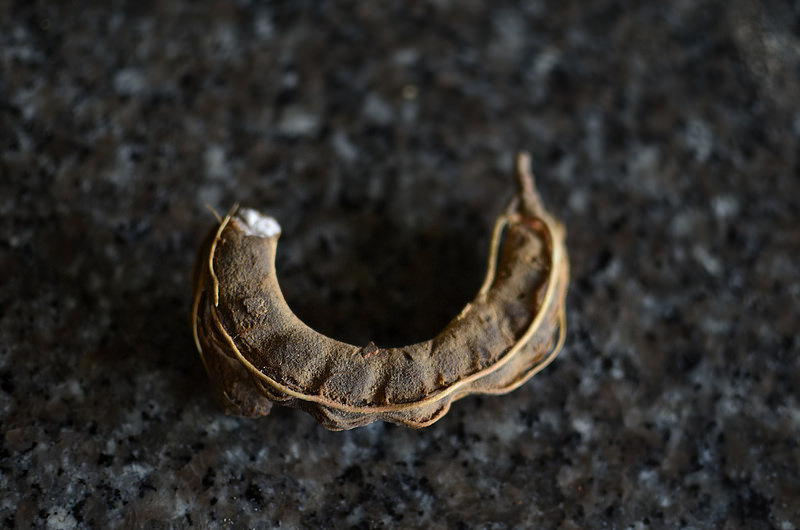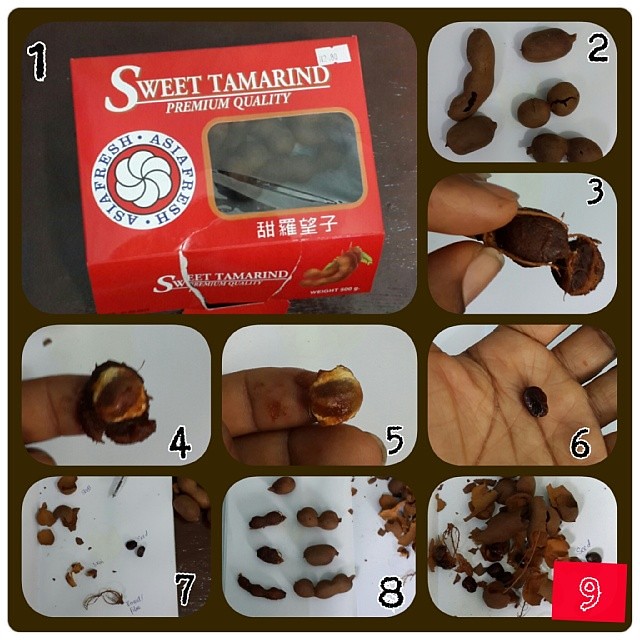Sweet, Sour & Earthy, tamarind is common across India, Thailand, West Africa and other parts of the world in various forms.
Taking its English name from the Arabic, tamar-hindi, meaning “Indian date,” tamarind is typically used in equatorial cuisines, such as Indian, Mexican, and Thai. Also known as imli, tamarind is used as a souring agent in many cuisines, especially those of South and Southeast Asia; Fine Cooking
Pre-2012
I know only tamarind of the velvet sort – Icheku, the Igbo name is what I grew up calling it. The Yorubas say Awin. I buy it in huge bunches and snatch seeds off the frail branches. Press, snap, open. Lick.
2012 – Winter, New York
I taste sweet tamarind for the first time. I fall in love and learn of its laxative properties. Like dates.
2013 – Summer, New York
I am wowed by a tamarind drink while feasting at a Mexican restaurant – Rosa Mexicano with my friend Pam. Jarritos is the brand and I’m sold. For ever. The refreshing taste lingers on.
2014 – Rainy season, Port Harcourt
I discover Tsamiya(r), dried (sweet and sour) tamarind from the north of Nigeria. I am wowwed. So thrilling to continue to discover new Nigerian ingredients.
The fresh variety is also abundant on the shelves of a store, L’Epicerie in Lagos. The batch, imported from Thailand makes for many happy evenings snacking away. I attempt to make a tea from it by soaking the pulp in hot water but it doesn’t yield much flavour.
2015 – Rainy season, Lagos
I receive a batch of dried Tsamiya(r) from my friend, Ramon.
On to the drawing board.
Are you familiar with Tamarind? In what forms? What do you do with it?[wpurp-searchable-recipe]Tamarind: Sweet, Dried, Velvet – – – [/wpurp-searchable-recipe]





Leave a Reply